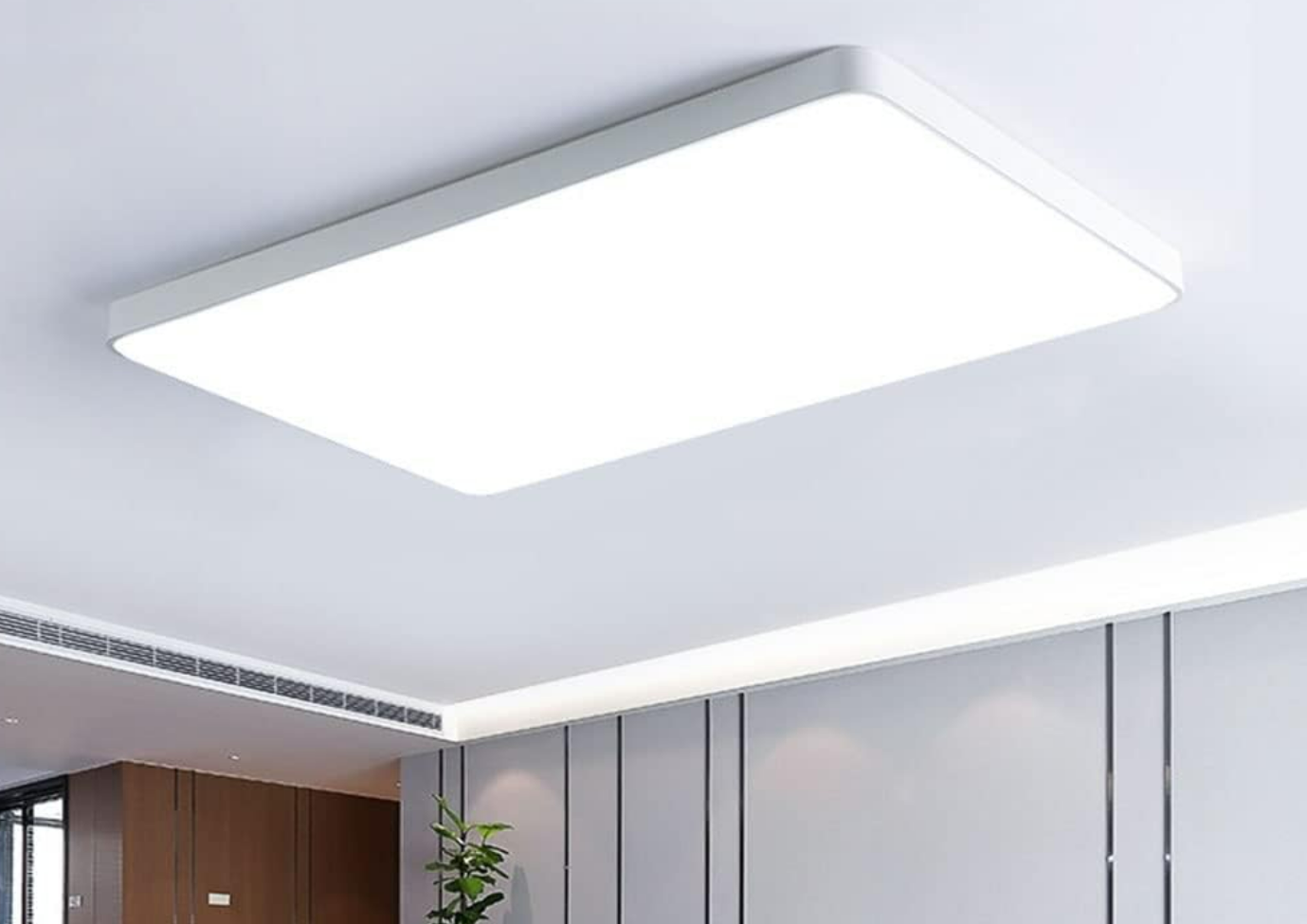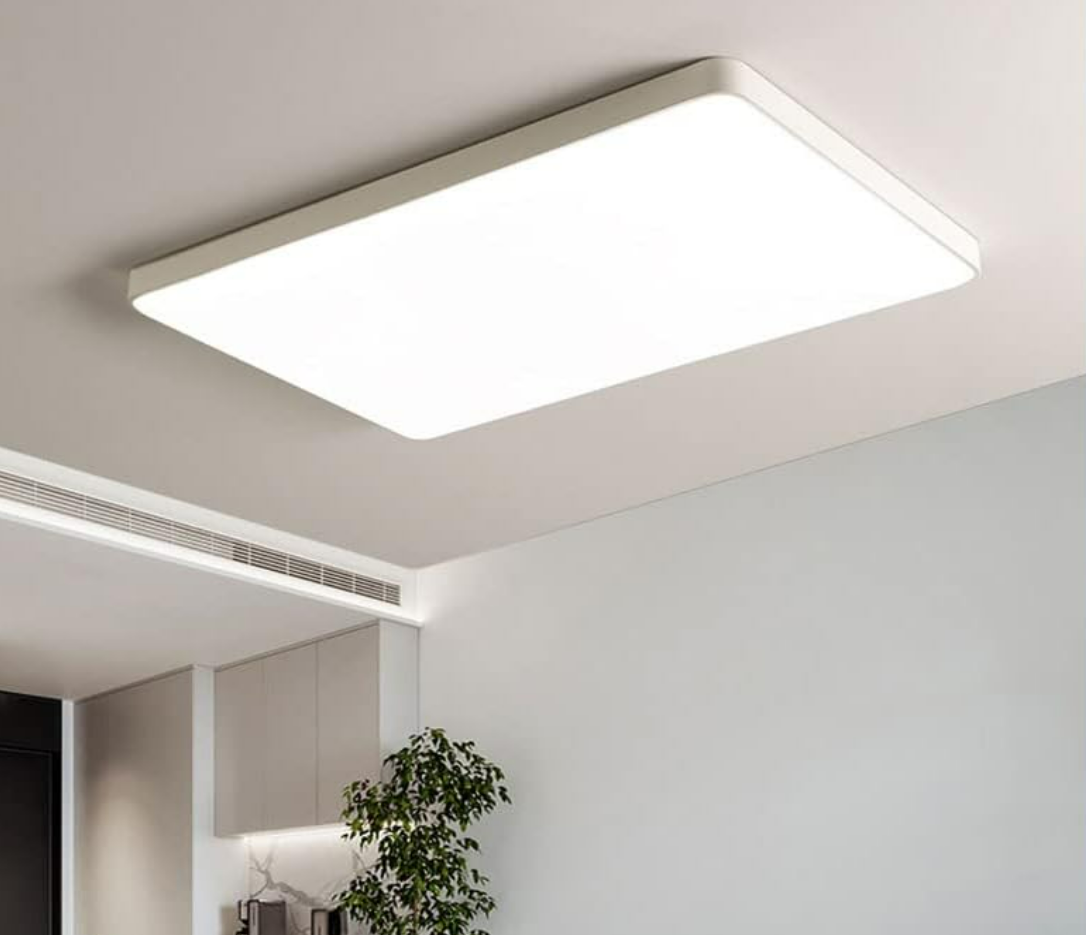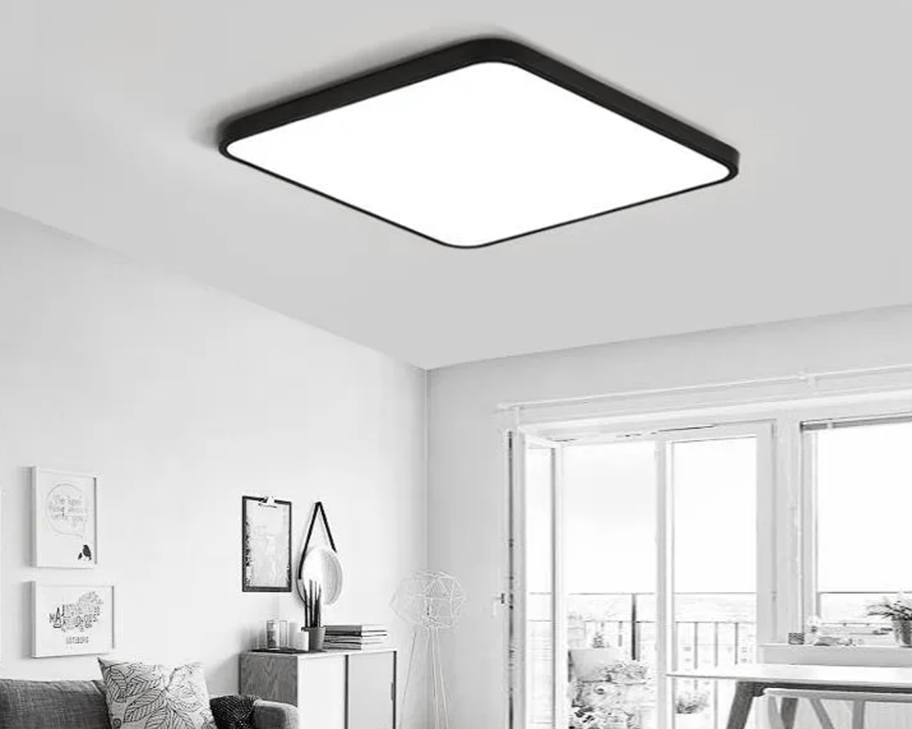LED ceiling lights have revolutionized interior lighting, offering energy efficiency, customizable designs, and adaptability to diverse spaces. From dimmable fixtures to industrial-style installations, these lights cater to both functional and aesthetic needs. Let’s explore how LED ceiling lights are transforming homes and commercial spaces.

Dimmable LED ceiling lights are a game-changer for modern interiors. By adjusting brightness levels, they create ambiance for cozy evenings or bright task lighting for work. Paired with smart home systems, dimmable fixtures allow remote control via apps or voice commands. Double LED ceiling lights take this further, combining two lighting layers—ambient and directional—for dynamic illumination.
Energy efficiency remains a hallmark of LED technology. LED ceiling lights consume up to 80% less energy than traditional bulbs, reducing electricity bills and environmental impact. This makes them ideal for high-usage areas like kitchens and bathrooms, where bright, consistent lighting is essential.
2. Design Flexibility for Every Space
LED ceiling lights now come in diverse styles to match interior themes. Sleek grey or metallic gold finishes add a touch of sophistication, blending seamlessly with minimalist or luxury decor. Industrial LED fixtures, with exposed bulbs and raw metal frames, suit loft-style apartments or modern offices.
For DIY enthusiasts, modular LED ceiling light kits enable personalized configurations. These kits often include adhesive panels, connectors, and dimmable drivers, allowing users to design geometric patterns or cascading layouts. In kids’ rooms, playful LED designs—such as starry skies or color-changing panels—create engaging environments.

3. Room-Specific Applications
Kitchen: Bright, cool-toned LED ceiling lights enhance visibility for cooking. Slim, waterproof designs are perfect for humid environments.
Bathroom: IP-rated LED fixtures provide safe, glare-free illumination. Opt for warm white tones to create a spa-like atmosphere.
Industrial Spaces: High-lumen LED panels or pendant lights ensure uniform lighting in warehouses or workshops.
4. Installation and Layout Tips
Proper LED ceiling light layout ensures balanced illumination. For large rooms, use multiple fixtures arranged in grids or concentric circles. In kitchens, align lights with workstations like countertops and sinks. Layered lighting—combining ceiling lights with under-cabinet LEDs—adds depth and functionality.

5. The Future of LED Lighting
Innovations like tunable white LEDs (adjusting color temperature from warm to cool) and ultra-thin bezel designs are pushing boundaries. Meanwhile, recyclable materials and solar-compatible systems align with sustainability trends.
LED ceiling lights are no longer just functional—they’re design statements. Whether upgrading a kitchen with energy-efficient panels or crafting a DIY lighting masterpiece, these fixtures offer endless possibilities. By prioritizing efficiency, adaptability, and style, LED technology continues to redefine modern lighting.


